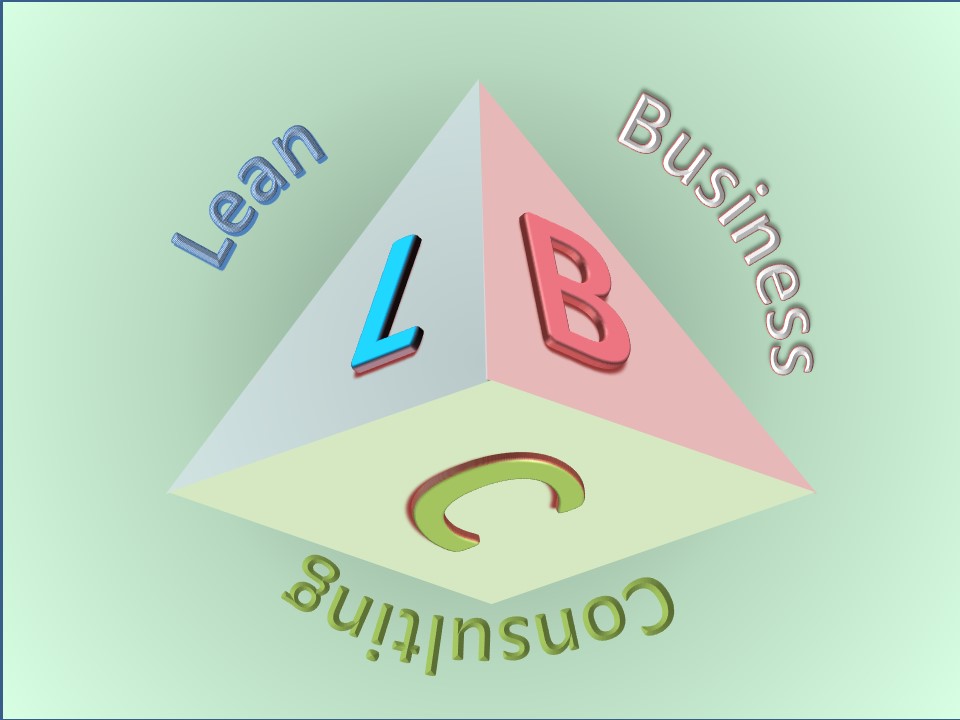Continuous improvement is the mentality of doing things better; it is an ongoing effort to improve products, processes or services. It can be implemented everywhere and at any time. The main characteristic of continuous improvement is ...
...the extreme focus and the relentless effort to eliminate any loss. The concept of loss is very broad and  contains waste of materials, effort and time both for the producer as well as for the consumer.
contains waste of materials, effort and time both for the producer as well as for the consumer.
Continuous improvement is the mindset and the tool that guides any effort to improve the value that is directed to the consumer. This continuous improvement process consists of many discrete and well defined steps structured in a form of a project. Joseph M. Juran, the guru of quality, said “All improvement happens project by project and in no other way”.
How continuous improvement works?
We discover continuous improvement in many modern management systems, structured in many forms, like Plan – Do – Check – Act and A3 in Lean Management and 6 – Sigma, the 13 steps of quality improvement in the Total Quality Management or the 12 steps of continuous improvement in Total Productive Maintenance. The concept in all of them is that we first have to identify an area of improvement, select the main loss and set a reduction target, describe the existing situation clearly, analyse the selected loss in depth to identify the main reason for it, decide about the countermeasures, implement the solution, standardize the solution and monitor again to identify the resulted improvement.
The aim is to always completely eliminate the selected loss. Any remaining loss is an indication of a partial successful improvement project and is a clear indication that the project should continue in the future.
The continuous improvement has to be an established culture and mindset for the whole company, not just the manufacturing process. It has to be directed to the eventual customer, the consumer of the product or the service sold. The continuous improvement mindset should embrace any business process from procurement to sales. It should be integrative and cross functional, or in other words implemented wall to wall, to maximize the benefit for the company and the consumer.
How can continuous improvement contribute to business development?
The proper implementation of the integrative continuous improvement asks for total employee involvement. It is essentially a change procedure, an indispensable tool of change management. The improvement of the productivity, the waste reduction, the improvement of the quality, the improvement of the customer service, the cost reduction and the enhancement of the functions incorporated into the products in a structured approach via continuous improvement result in developing the core capabilities of the employees, which introduce efficiencies in internal business operations that can nicely fit under the business development umbrella. Besides, businesses can encourage employees to come up with innovative ideas, which can help in improving the potential of the overall business.
The continuous improvement results in long – term value creation, a key enabler of growth opportunities for the business expansion, in order to boost the business worth to its stakeholders. It is a crucial ingredient of the business development.
26/10/2016
Alkis Charalambopoulos, www.leansolutions.gr
Keywords: business development, continuous improvement, loss, countermeasures, change management, waste, employee involvement, core capabilities

